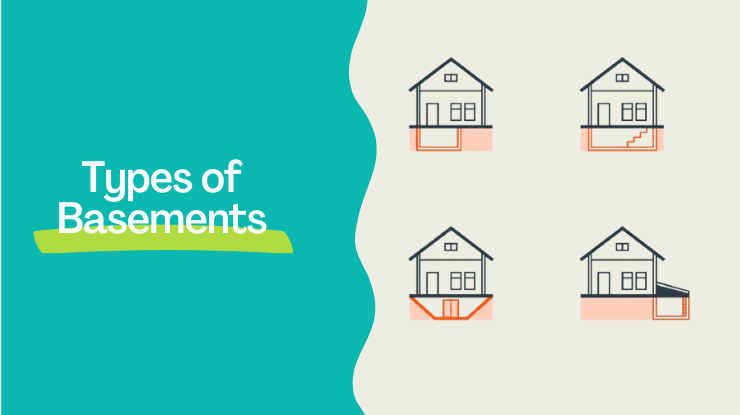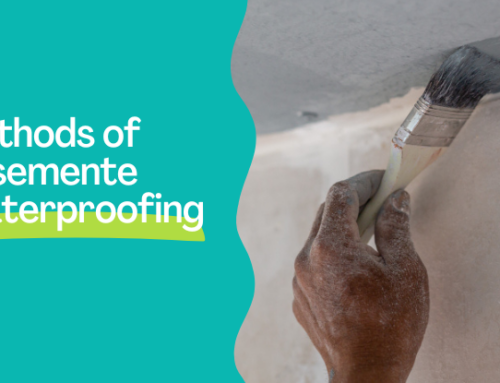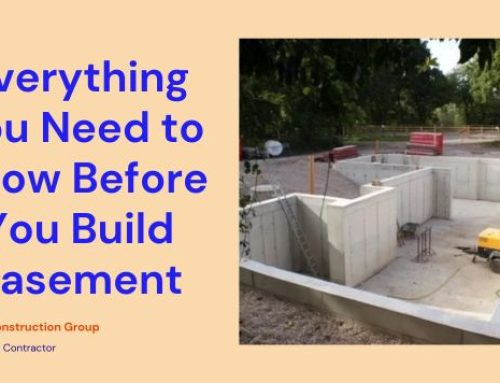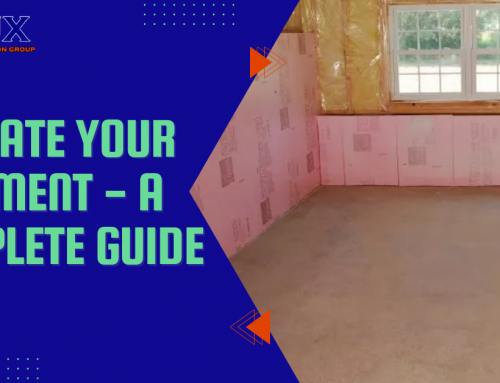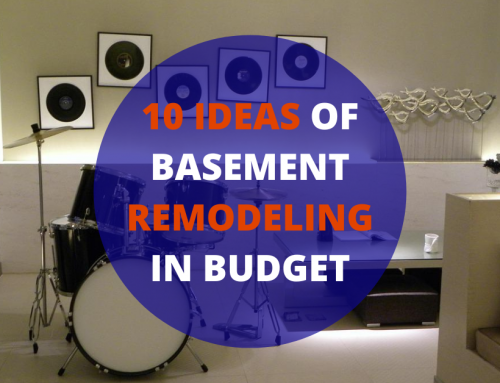Basements are an integral part of many homes, offering utility, storage, and even additional living space. Whether you’re planning a home renovation or constructing a new house, understanding the different basement types is crucial. Each type has unique features, benefits, and challenges. Selecting the right one can improve the functionality of your home and increase its overall value.
Let’s explore the six major types of basements. From full basements to crawlspaces, you’ll learn what makes each option unique and how they cater to different needs.
Contents
Types of Basements That You Must Know
Basements come in various forms, each suited to specific construction styles, budgets, and homeowner preferences. Below, we dive into six common types of basements, explaining their characteristics and benefits in detail.
1. Full Basement
A full basement is perhaps the most versatile and functional type. Spanning the entire footprint of the house, a full basement is typically 8 to 10 feet high, making it spacious enough to be used as an additional living area or storage. These basements are built with durable materials like poured concrete or concrete blocks, ensuring they serve as a solid foundation for the home.
Key Features:
- Covers the entire area of the house.
- High ceilings (8–10 feet).
- Built with strong, long-lasting materials.
Benefits of a Full Basement:
- Additional Living Space: A full basement can be transformed into guest rooms, entertainment spaces, or home gyms. This versatility makes it a popular choice for families.
- Increased Property Value: Homes with full basements often have a higher resale value, especially when the basement is finished.
- Future Flexibility: Whether you need extra space for storage or plan to finish it later, full basements offer adaptability to suit changing needs.
- Ample Storage: Even unfinished full basements provide plenty of room to store household items securely.
While full basements require proper waterproofing to prevent issues like dampness or mold, their long-term benefits make them a worthwhile investment.
2. Partial Basement
Partial basements occupy only a section of the home’s foundation, making them smaller than full basements. They are often less expensive to construct and are commonly used for utility purposes.
Key Features:
- Smaller in size compared to full basements.
- Typically used to house mechanical systems.
- Easier to maintain due to reduced area.
Benefits of a Partial Basement:
- Cost Efficiency: With less excavation and material required, partial basements are more affordable.
- Utility Access: They are ideal for housing HVAC systems, water heaters, and electrical panels, keeping these components accessible and out of sight.
- Low Maintenance: Smaller size means less maintenance, which is a plus for homeowners looking for practical and budget-friendly solutions.
Partial basements may not be suitable for extensive storage or living areas, but they work well as a dedicated space for essential systems.
3. Walk-Out Basement
A walk-out basement opens directly to the outside, usually on sloped lots where one side of the house is at ground level. This type of basement is highly functional and often features large windows or doors, offering better ventilation and natural light.
Key Features:
- Direct outdoor access.
- Built into sloped landscapes.
- Large windows or doors for ventilation and light.
Benefits of a Walk-Out Basement:
- Natural Light and Ventilation: Walk-out basements feel less confined because of the additional light and airflow, making them more pleasant to use.
- Independent Living Space: With a separate entrance, walk-out basements can be converted into rental units, guest suites, or home offices.
- Enhanced Aesthetic Appeal: Large windows and doors contribute to the visual appeal of your home, making the basement look more inviting.
Walk-out basements are popular in areas with uneven terrain and are highly desirable for their usability and added value. However, they require careful planning and grading to ensure proper drainage.
4. Cellar Basement
Cellar basements are a traditional type, often found in older homes. These basements are smaller and simpler than modern basements, typically designed for storage rather than living.
Key Features:
- Smaller size with lower ceilings.
- Often used for storage or as a root cellar.
- Cooler temperatures year-round.
Benefits of a Cellar Basement:
- Dedicated Storage Space: Ideal for storing non-perishable items like canned goods, wine, or tools.
- Energy Efficiency: The natural underground insulation keeps cellar basements cool, which is perfect for temperature-sensitive storage.
- Cost-Effective Construction: Building a cellar is less expensive than other basement types, making it a practical choice for smaller homes.
While cellar basements are not suitable for living spaces due to their lower ceilings and lack of natural light, they serve as reliable storage solutions.
5. Walk-Up Basement
A walk-up basement is similar to a walk-out basement, but instead of opening directly to the outdoors, it features a staircase leading up to the ground level. This design provides an additional exit point while maintaining the basement’s overall functionality.
Key Features:
- External staircase for outdoor access.
- Versatile design for various uses.
- Typically includes weatherproofing measures.
Benefits of a Walk-Up Basement:
- Separate Entry: Perfect for creating private entrances for tenants or guests.
- Emergency Exit: Adds an extra layer of safety by providing an additional escape route.
- Versatile Usage: Walk-up basements can serve as workshops, hobby rooms, or even rental units.
Proper waterproofing and drainage are essential for walk-up basements to prevent water from pooling around the staircase.
6. Crawlspace
A crawlspace is a shallow, unfinished area beneath a house, typically 2–4 feet in height. While not technically a basement, it serves important functional purposes, such as providing access to utilities and protecting the home from moisture.
Key Features:
- Limited height (2–4 feet).
- Unfinished, often with dirt floors.
- Access for utility maintenance.
Benefits of a Crawlspace:
- Cost-Effective Option: Crawlspaces are cheaper to build than full or partial basements, making them ideal for budget-conscious projects.
- Utility Access: Plumbing, electrical wiring, and HVAC systems can be easily accessed for maintenance or repairs.
- Moisture Protection: Crawlspaces elevate the home above ground level, reducing the risk of flooding in low-lying areas.
While crawlspaces cannot be used for storage or living, they play an important role in home construction by keeping systems accessible and protecting the house from potential water damage.
Comparing Basement Types
Here’s a quick comparison to help you decide which basement type might suit your home:
| Basement Type | Key Features | Best For |
| Full Basement | Large, versatile space | Storage, living spaces, and offices |
| Partial Basement | Covers part of the home | Utilities and limited storage |
| Walk-Out Basement | Outdoor access with windows | Rental units, recreational areas |
| Cellar Basement | Small, traditional storage area | Storing non-perishables |
| Walk-Up Basement | External staircase to outdoors | Separate entrances, workshops |
| Crawlspace | Shallow, utility-focused | Housing plumbing and HVAC systems |
Bottom Line
Basements offer more than just extra storage—they enhance the functionality and value of your home. Each type, from the spacious full basement to the compact crawlspace, serves unique purposes depending on the needs of the homeowner and the layout of the property.
When planning your next basement project in Los Angeles, trust LUX Construction Group to deliver expert guidance and quality results. Our team can help you select the best basement type and ensure it’s built to meet your specific needs. Contact us today to explore the possibilities for your home.

